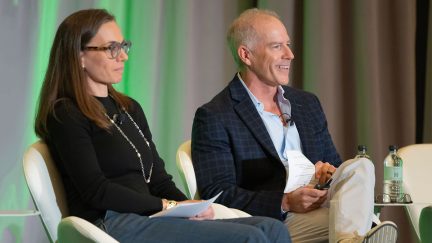For more stories like this, sign up for the PLANADVISERdash daily newsletter.
Even Active Retirement Planners Need a Push
Fifty-one percent intend to create or review a financial plan, and 46% plan to increase saving and investing, according to the Perspectives of Retirement Survey commissioned by PNC Financial Services Group, Inc. The survey found Americans who are actively planning for retirement are more likely to visit the dentist or exercise regularly this year than spend time on their investments or retirement planning.
Overall, two-thirds (65%) view money and finances as complex, and 67% say they procrastinate over financial matters. The survey also revealed 62% of respondents have not taken steps to prepare a retirement income plan.
“People are finding it easier to develop habits devoted to physical fitness than for financial fitness,” said Stephen Pappaterra, head of wealth planning for PNC. “As with physical fitness, reaching a retirement goal doesn’t happen by chance. Advisers and clients must have better conversations to create a realistic plan built around their goals and dreams while taking into account their current financial situation.”
(Cont’d…)
Only 19% of respondents believe they are doing better than expected with saving for retirement and less than half (47%) believe they are where they need to be. Nearly one-third (31%) believe they are somewhat behind where they expected to be.
Fewer than half (46%) have used a professional financial adviser to develop a financial plan, and more than half (54%) say they would like more advice on preparing for retirement from a financial adviser or planner.
Four in 10 (43%) Americans who are actively planning for retirement said their best moves in retirement planning included putting as much as they could into retirement plans, contributing by automatic deduction and keeping money in retirement accounts, while 15% listed “living within my means” as their best action. Most (77%) believe they do an excellent or very good job of living within their means.
The study was conducted online within the U.S. in January among a nationwide cross-section of 1,020 adults ages 35 to 70 with more than $100,000 in investable assets and at least $25,000 in liquid investable assets. One-quarter of the sample had $1 million or more in total investable assets.
You Might Also Like:

Rethinking Opportunities for RIA Growth

PE Ownership Expands Into Midsize, Small RIAs
